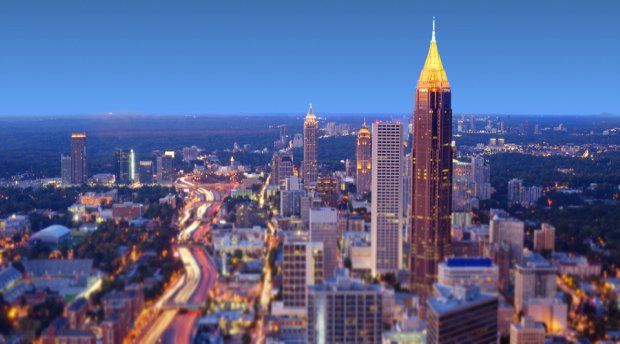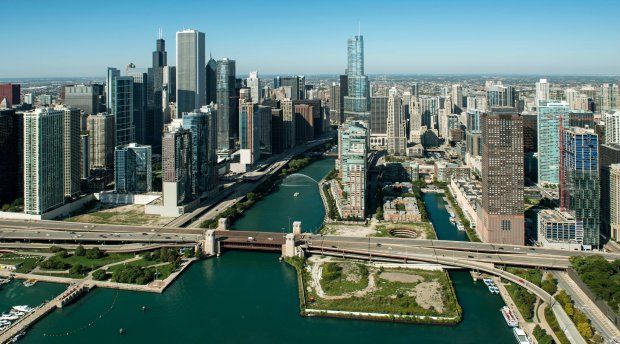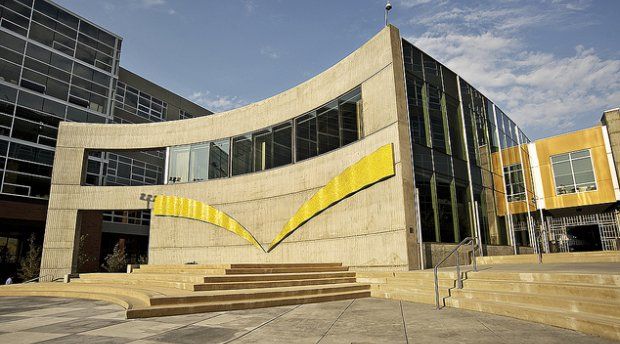The Occupy Wall Street Protests
Post Views 0Occupy Wall Street protests began in Manhattan almost one month ago and have spread across the country to plenty of other cities, including Philadelphia, where protestors have camped out in front of City Hall for a couple of weeks now. The media, most of it, has characterized the protests in New York as anti-Wall Street. In fact, the protests cannot be further from that characterization. Those involved in the protests at Wall Street and around the country are trying to make points to the government about the reckless spending and economical problems that plague the country at the moment.
One of the men behind the scenes who helped to create the Occupy Wall Street protests, that have now reached dozens of cities across the country, is Kalle Lasn. Lasn is the editor and founder of Adbusters, which is a non-profit magazine run by social activists, had plenty to say about the current Occupy Wall Street protests and how they have spread throughout the country.
“I think what fueled this in part is this sense of fairness Americans have always believed in. There is something about the financial speculators on Wall Street that brought us this mess, that not a single one has said, ‘I’m sorry for what I’ve done,’ and that they all got away with it while we the people are suffering. This sense of suffering, I think, is what generated the rage. But the larger perspective is this sense of despondency that young people around the world and in America have. They look at the future and see just one big black hole. They look at a world with climate change that will be much hotter when they get older, at a political crisis and corruption in Washington, at the American democracy not working any more at a time when America is in decline, and at a financial crisis in which the Dow Jones could plummet tomorrow. If we don’t stand up and fight for a different kind of future, they realize, we won’t get one.”
Lasn finds comparable points between the protests of Occupy Wall Street and the protests that dominated the decade of the 1960’s.
“I lived through the 1960s, and I was part of that movement which erupted in hundreds of campuses around the world. These protests are very analogous. There’s suddenly a strange, magical occupation in Zuccotti Park, and it inspires occupations around the world, and it’s inspired by people who look into the future and think it doesn’t compute. But the difference is in the 1960s it was people bored to tears with their parents running the world in a boring, banal way. They wanted to live their live their life to the hilt. They wanted to live without “dead time.” This time it’s much more serious, the consequences are much heavier, and the stakes higher.”
Lasn is hoping that the Occupy Wall Street protests will have a better lasting impact than the protests of the 1960’s.
“In 1968, it was almost a global revolution, but then it fizzled out. I’m hoping that young people, armed with the Internet and its tools, and without the manifesto-driven needs of the 60s, have a real, magical possibility of a global mindshift, a global revolution.”
The Occupy Wall Street Protests by Harrison Barnes



 Atlanta’s Top Telecom, Cell Phone, and Electronics Manufacturers
Atlanta’s Top Telecom, Cell Phone, and Electronics Manufacturers  Expected Changes in 2016 to the Workplace
Expected Changes in 2016 to the Workplace  November Posts Another Strong Job Report
November Posts Another Strong Job Report  Chicago’s Top Tech Companies
Chicago’s Top Tech Companies  2006-2015 Median Weekly Earnings of Full-Time Workers in the United States
2006-2015 Median Weekly Earnings of Full-Time Workers in the United States  Amazon May Have a Better Grasp on Workplace Culture
Amazon May Have a Better Grasp on Workplace Culture